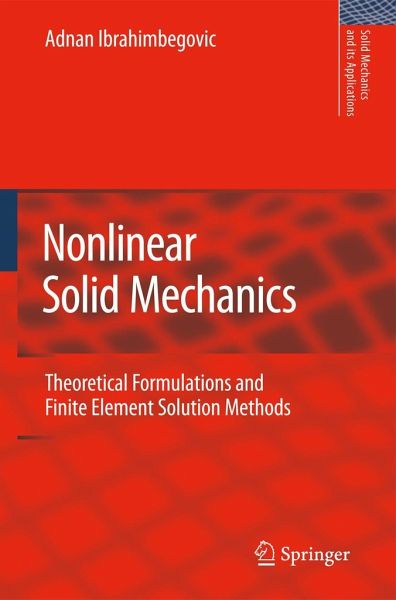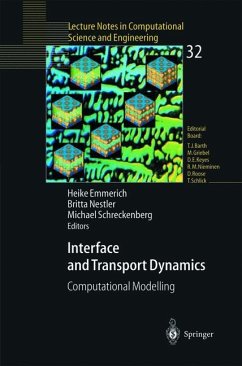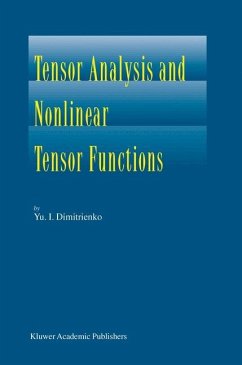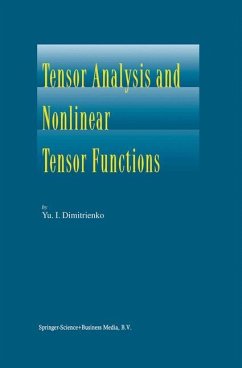
Nonlinear Solid Mechanics
Theoretical Formulations and Finite Element Solution Methods
Versandkostenfrei!
Versandfertig in 6-10 Tagen
39,99 €
inkl. MwSt.
Weitere Ausgaben:

PAYBACK Punkte
20 °P sammeln!
This book offers a recipe for constructing the numerical models for representing the complex nonlinear behavior of structures and their components, represented as deformable solid bodies. Its appeal extends to those interested in linear problems of mechanics.
This volume provides insight into modelling and ultimate limit computation of complex structures, with their components represented by solid deformable bodies. The book examines practically all the important questions of current interests for nonlinear solid mechanics: plasticity, damage, large deformations, contact, dynamics, instability, localisation and failure, discrete models, multi-scale, multi-physics and parallel computing, with special attention given to finite element solution methods. The presentation of topics is structured around different aspects of typical boundary value problems in nonlinear solid mechanics, which provides the best pedagogical approach while keeping the book size reasonable despite its very broad contents. Other strong points are the exhaustive treatment of subjects, with each question studied from different angles of mechanics, mathematics and computation, as well as a successful merger of scientific cultures and heritage from Europe and theUSA. The book content and style is also the product of rich international experience in teaching Master and Doctoral level courses, as well as the courses organized for participants from industry (IPSI courses) in France, and similar courses in Germany and Italy. Every effort was made to make the contents accessible to non-specialists and users of computer programs.
The original French edition published by Hermes Science - Lavoisier Paris in 2006 was nominated for the Roberval Award for University Textbooks in French.
The original French edition published by Hermes Science - Lavoisier Paris in 2006 was nominated for the Roberval Award for University Textbooks in French.













